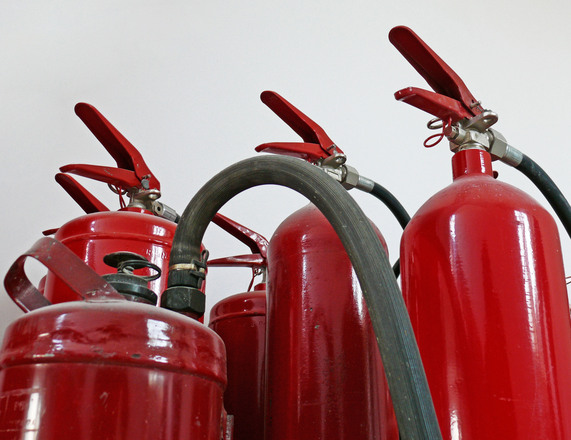21 / 02 / 2017
Preventing fires in the office – The experts’ top tips
Fire safety should always be a priority in any business. No matter the type of business, number of employees or size of the building, every company must have an appropriate fire protection strategy in place, which should include fire emergency plans with evacuation and meeting points which all staff members should be aware of.
Fires in the workplace are a lot more common than you might think, which is why it’s important to do everything you can to prevent the situation. Not only do fires in the office damage the premises, equipment and machinery, but they can all too often lead to fatalities. It’s easy as a small business to try to cut corners and save the pennies, but fire safety is something that you definitely don’t want to go cheap on.
“If you are the proprietor or managing director of a company, you are ultimately responsible for the health and safety in all aspects of the business.” – Forum of Private Business

Office Fire Facts:
- Most office fires typically occur between noon and 2pm Monday-Friday
- 31% of office fires occur out of hours, between 7pm and 7am but account for 67% of total property damage
- Office fires are less common on weekends, with fewer people around meaning less risk
- More than 1/3 of fire deaths in non-domestic buildings are caused by smokers’ materials or cigarette lighters
The most common causes of office fires
It’s important to know what the most common causes of workplace fires are, so you can easily identify any issues in your own workplace, and try to avoid a fire.
1. Faulty electrics are the cause behind many workplace fires, and can include anything from damaged wires to overloaded plug sockets or faulty equipment. These type of issues can easily lead to sparking a fire, or the electrocution of staff.
To minimise the risk it’s important to check that plugs aren’t overloaded and all wires appear to be in good condition. To properly check all electrical equipment, bring in an expert to conduct a PAT test on all wires and electrical devices.
2. Cooking appliances are now becoming one of the most common causes of fires in the office, as well as in homes. Most offices nowadays provide cooking appliances of some sort for their employees – this could be microwaves, kettles, toasters or even ovens or stoves in some well-equipped kitchens – and these can become dangerous if not handled properly.
To minimise the risk it’s important that all staff members are aware of the dangers of cooking appliances, and that each person carries the responsibility to not leave food unattended while cooking or heating, and unplugs/switches off the appliance once finished with. To ensure that any fire caused in the kitchen can be quickly detected and dealt with, be sure to regularly test the fire alarm as you would in your own home, and install fire blankets & extinguishers in the area.
3. Smoking can be harmful to your business as well as your health. Allowing your staff to smoke on the premises can become a dangerous fire hazard, even if it the cigarette is stubbed out properly. Cigarettes can easily catch fire in certain weather conditions, even if they’re put into a disposal unit.
To minimise the risk ensure that all employees know they should always thoroughly stub out their cigarettes, which can be encouraged by putting out a bucket of sand or water for them to help dispose of them. Also be sure to check and empty cigarette bins regularly to reduce the risk of ignition.
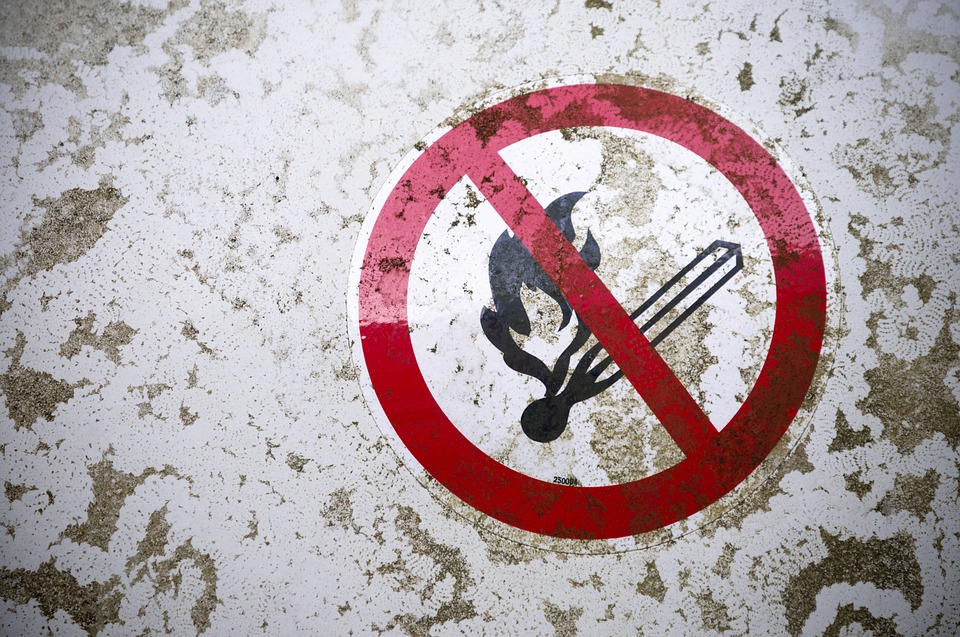
4. Heating is another factor in many office fires, aimed moreso towards small heaters in the office, as opposed to a main heating system/radiators. If these small heaters are left near flammable or vulnerable objects, the heat can cause them to ignite after a period of time.
To minimise the risk ensure that heaters are kept far away from flammable objects, and be sure that they are correctly turned off and unplugged before leaving the office.
5. Human Error and Negligence are two of the most common causes of fires in the office. These can be anything from misuse of equipment, burning food, leaving cooking appliances unattended, not following rules & regulations, and generally being careless.
To minimise the risk ensure that all members of staff are properly trained to operate the appropriate equipment/machinery and are given full fire safety training. This can be reiterated by putting up signs around the office reminding them to keep this in mind.
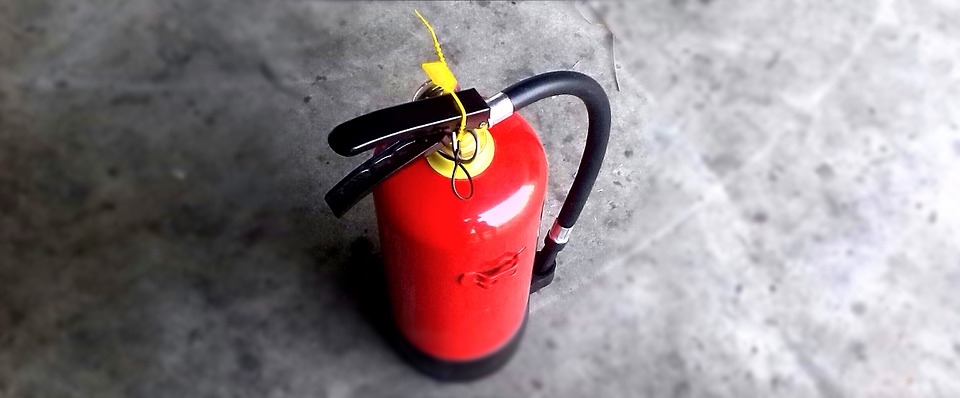
The experts’ top tips
We reached out to a handful of fire safety experts throughout the UK, to get some of their top tips on fire safety in the workplace. We asked them two questions:
1) What are your best tips to help prevent fires in the office?
2) What are the best protection strategies to use to help minimise building damage in the event of a fire?
Here’s what they had to say…
Collette Wallace – JPro Services
Although it is a common misconception that a fire extinguisher is either decorative or convenient door stop, it is a legal requirement not only to have extinguishers in a commercial premise, but to service and maintain them in accordance to the correct British Standards, under your responsibilities when employing staff, engaging with the public or providing vehicles for commercial use.
You must also ensure that you have the correct extinguishers in place for the correct fire risk.
To ensure you are using the correct extinguishers at your premises and tackle fires appropriately you should follow this extinguisher code:
Water extinguishers (Red) are for fires involving wood, paper, and textiles.
C02 extinguishers (Black) are for fires involving flammable liquids and live electrical equipment
Foam extinguishers (Cream) are for wood, paper, textiles, and flammable liquids
Dry Powder extinguishers (Blue) are for fires involving all the before mentioned and gaseous fires (although their public use is discouraged)
Darren Webster – H. R. Fire and Safety Ltd
I wasn’t sure what we could say that probably had already been said, however one thing I mention on training courses is that you shouldn’t put the company dishwasher on before you leave for work (or let the cleaners put it on when they leave). We have had two incidents where companies we deal with have had considerable fires from the dishwashers failing to cut out when heating elements fail and get hotter and hotter causing them to catch fire. If they are put on whilst staff are able to keep an eye on it they could potentially stop a major fire and irreparable damage to the company.
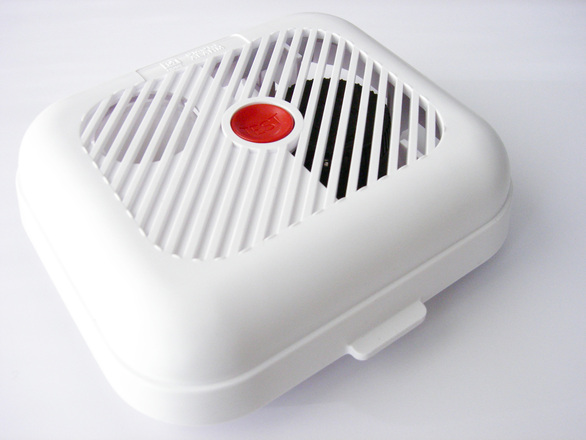
A J Sullivan – Fire Service Forum User
I was an electrician prior to joining the fire service and carried out a lot of work in offices. Some of the fire risks I encountered were overloaded sockets and overloaded extension leads, cables run across floors with tape over them that had then been damaged, outdated cabling and fuse gear, staff bringing dangerous electrical appliances into work from home and poor electrical work carried out by non skilled tradesmen. Other things quite common are overfilled bins, poor storage and lack of staff training. With regards to minimising damage in the event of a fire the thing I noticed in my field was lack of adequate automatic fire detection.
Neil C – Fire Service Forum User
Toasters & microwaves. Probably cause more of my alarms in offices than anything else.
Following that, it’ll be defective light fittings (fluorescent strip lights) where the transformer chucks the towel in.
MessyShaw – Fire Service Forum User
1) For the last 20 years since the introduction of The Fire Precautions (Workplace) Regulations 1997, and more recently the Regulatory Reform (Fire Safety) Order 2005, businesses in England and Wales have be obliged to carry out and constantly review a fire risk assessment (FEA). The findings of the FRA will determine what that business need to do to reduce the risk to life to an acceptable level. Other legislation covers Scotland & NI.
I would suggest that there are many thousands of businesses that have never complied with fire safety legislation and tens of thousands that have allowed their provision to slip by the lack of effective reviews or maintenance so no longer comply.
The fire risk assessment will address means of escape provision, raising the alarm, fire compartmentation issues, firefighting equipment, emergency lighting and measures to reduce the risk of a fire breaking out. It should include establishing an emergency plan and staff training – plus lots more. If maintained and acted upon, there’s very little more businesses need to do. The exception may be to consider business continuity measures such as protecting their IT systems and filing areas by fixed firefighting equipment that is above and beyond what is required just for life safety reasons.
2) A business can have – and many will have – state of the art fire detection systems, expensive firefighting equipment, and lots of passive fire safety infrastructure in place to protect it’s people and therefore it’s business. However, if the staff don’t know what to do, or if the equipment is not effectively maintained, it’s all a complete waste of time.
So maintenance and staff training go hand in hand with providing the necessary fire safety provision.
Building a fire safety and evacuation plan
Even if you’ve done everything possible to ensure that your premises is as fire-safe as can be, there’s no guarantee that you will never have a fire in the office. In the unfortunate event of a fire, it’s important that you’re fully prepared with a thorough fire safety and evacuation plan, to ensure the safe exit of all employees.
A good evacuation plan will have the following:
- Properly functioning emergency doors that open easily for a quick escape (these should be checked and maintained regularly)
- Emergency lighting to help guide people out of the building in the event that the electricity needs to be shut down
- Clearly marked escape routes around the building, that provide the quickest and most direct exit
- The appropriate number of emergency exits to cater for the amount of people in the building, to make for an immediate exit
- No blockages in the way of any escape routes
- A safe meeting point for all staff to meet and be accounted for in one place, that’s far enough away from the building to be deemed safe.
It’s important that all members of staff are aware of where their nearest exit points are, and the dedicated meeting place that they should head towards. In order to get this into practice, a fire drill should be carried out at least once a year so that everyone is aware of the situation if it was ever to happen for real.
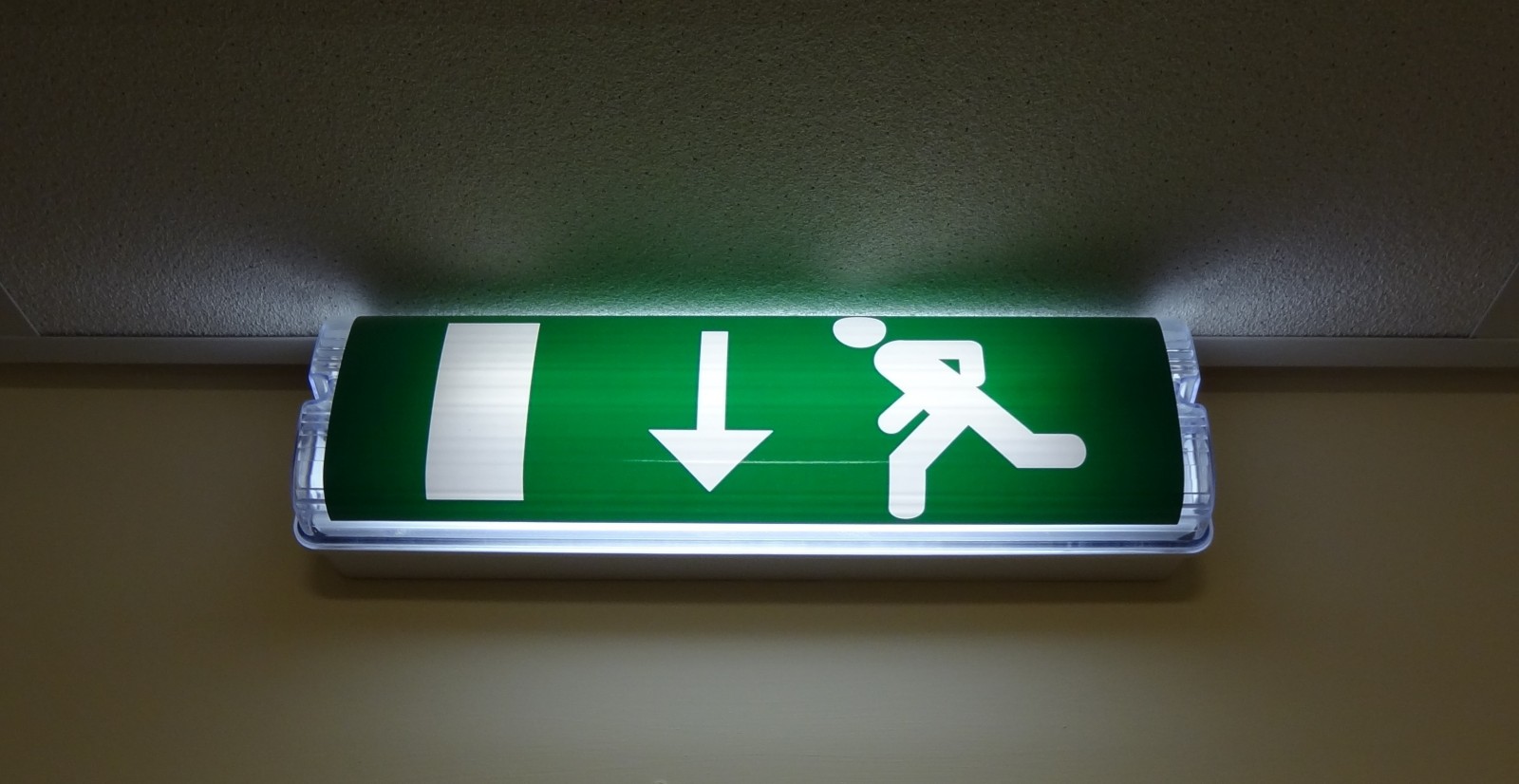
So, is your office fire safe?
It goes without saying that a fire in the office is fairly avoidable, provided you follow the above tips and ensure that you comply with building regulations. Of course, there’s no way to completely make your office 100% fireproof, but making sure that all of the necessary equipment is in place and precautions are taken will only benefit the business in the long run.
The first step should always be to have a fire risk assessment done by a professional. It’s important that a full fire risk assessment is taken out on your business premises, as every building is different, and this will identify what needs to happen to prevent fires and ensure the safety of the staff and everyone in the building.
If you’re still unsure about how to make your office safe from fire, it’s all outlined in the Regulatory Reform (Fire Safety) Order 2005 here.
Here at Office Blinds and Glazing Ltd, all of our installations are fully tested and backed up by relevant BS4856 approval and certification. To find out more about our glass fire screens and fire-rated doors. Or, contact us if you have an enquiry.
Enjoy this article? You might be interested in some of our others:
15 / 06 / 2017
Top 10 tips for designing a modern office
If you're looking to refurbish your office, it can be difficult to know where to start. It could be that you have a specific look in mind, or you're overwhelmed with all of the different office styles and choices available.


